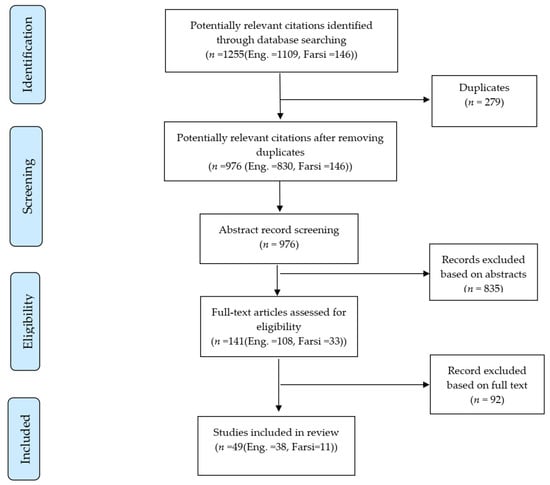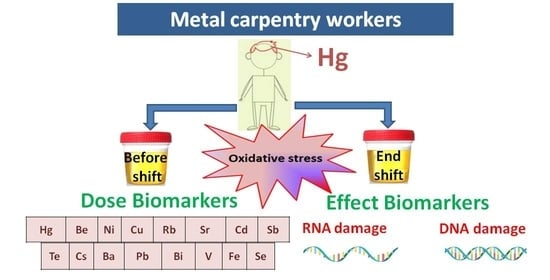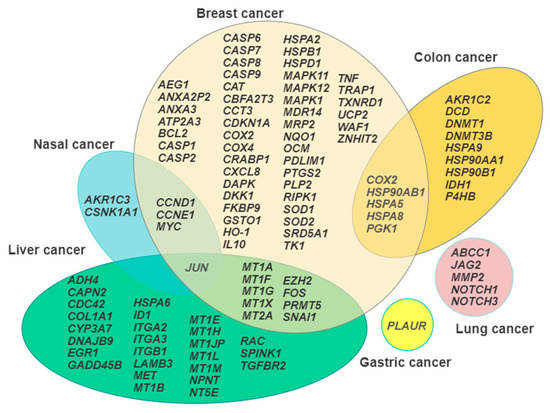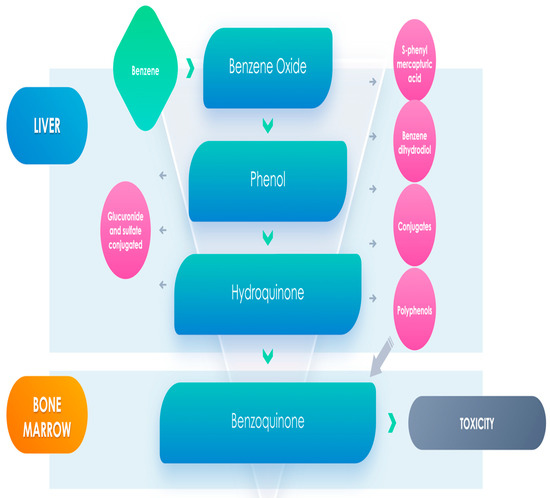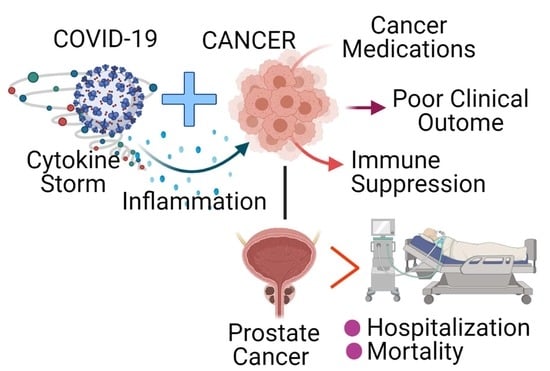Occupational and Environmental Carcinogenesis (Closed)
A topical collection in Cancers (ISSN 2072-6694). This collection belongs to the section "Cancer Epidemiology and Prevention".
Viewed by 46202Editors
Interests: occupational medicine; occupational epidemiology; workplace health promotion
Special Issues, Collections and Topics in MDPI journals
Interests: mutagenic and carcinogenic effects of xenobiotics, asbestiform fibers and radiation; work organizations; ergonomics; psycho-physical wellbeing; health promotion in the workplace
Special Issues, Collections and Topics in MDPI journals
Topical Collection Information
Dear Colleagues,
Carcinogenesis is a complex, multistep process, involving the accumulation of genetic and epigenetic alterations that confer growth and/or survival advantages, through which cells gradually achieve unchecked growth and eventually become fully malignant and invasive. There are numerous sources of physical, chemical, and biological exposures that stem from endogenous and exogenous sources—including occupational and environmental settings—that can induce such genetic and epigenetic alterations. This damage is repaired through a high-fidelity DNA repair process that operates through multiple pathways, although the system is imperfect and varies by repair mechanism, potentially resulting in the incorporation of DNA damage and epigenetic alterations.
Any substance that causes cancer is referred to as a carcinogen. If allowed to accumulate in the body for an extended period of time, there is a greater likelihood your cells will become damaged, which results in the growth of cancer cells.
Some of these changes in our cells may be caused by genetics, while others may be caused by environmental and occupational factors. Environmental and occupational factors can include a wide range of exposures, such as the following:
- Lifestyle factors (nutrition, tobacco use, physical activity)
- Natural occurring exposures (ultraviolet light, radon gas, infectious agents)
- Medical treatments (radiation and medicine)
- Workplace and household exposures
- Pollution
- Asbestos
- Formaldehyde
- Radon
- Wood dust
Furthermore, it is relevant to study the epidemiology of probable/possible carcinogens in order to clarify the real effects on health.
In conclusion, the objective of this Special Issue is to clarify aspects related to carcinogenesis and occupational and/or environmental exposure.
Therefore in silico, in vitro, ex vivo, epidemiological studies and reviews are welcome.
Prof. Dr. Caterina Ledda
Prof. Dr. Venerando Rapisarda
Collection Editors
Manuscript Submission Information
Manuscripts should be submitted online at www.mdpi.com by registering and logging in to this website. Once you are registered, click here to go to the submission form. Manuscripts can be submitted until the deadline. All submissions that pass pre-check are peer-reviewed. Accepted papers will be published continuously in the journal (as soon as accepted) and will be listed together on the collection website. Research articles, review articles as well as communications are invited. For planned papers, a title and short abstract (about 100 words) can be sent to the Editorial Office for announcement on this website.
Submitted manuscripts should not have been published previously, nor be under consideration for publication elsewhere (except conference proceedings papers). All manuscripts are thoroughly refereed through a single-blind peer-review process. A guide for authors and other relevant information for submission of manuscripts is available on the Instructions for Authors page. Cancers is an international peer-reviewed open access semimonthly journal published by MDPI.
Please visit the Instructions for Authors page before submitting a manuscript. The Article Processing Charge (APC) for publication in this open access journal is 2900 CHF (Swiss Francs). Submitted papers should be well formatted and use good English. Authors may use MDPI's English editing service prior to publication or during author revisions.
Keywords
- occupational
- environmental
- exposure
- workplace
- epigenetics









